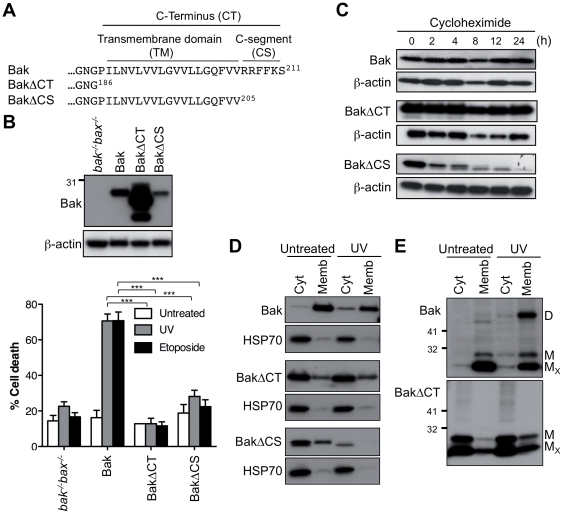Figure 1. The Bak C-segment is essential for stability, membrane targeting and proapoptotic function.
(A) C-terminal sequence of Bak variants truncated at the C-terminus. The C-terminus (CT) contains a hydrophobic transmembrane (TM) domain and a hydrophilic C-segment (CS). (B) Truncation of the Bak C-terminus or C-segment blocks proapoptotic function. bak−/−bax−/−MEFs expressing Bak, BakΔCT and BakΔCS were left untreated, or treated with UV or etoposide for 24 h. Percentage cell death is expressed as the mean ± SEM from three independent experiments. Statistical significance for treatment when compared to Bak; ***p<0.001. Upper panel is a western blot of cell lysates immunoblotted for Bak, and for β-actin as a loading control. (C) Truncation of the C-segment reduces half-life. Cells from (B) were incubated with cycloheximide for up to 24 h and cell lysates immunoblotted for Bak, and for β-actin as a loading control. Note that due to low expression of BakΔCS, 4-fold total protein was loaded onto the gels. (D) Truncation of the Bak C-terminus prevents membrane targeting. Cells were left untreated or treated with UV, separated into cytosolic and membrane fractions, and immunoblotted for Bak and the cytosolic marker HSP70. (E) Bak lacking the C-terminus fails to undergo conformation change and oligomerization in response to UV. Cells treated as in (D) were exposed to oxidant (CuPhe), separated into cytosolic and membrane fractions, run on non-reducing SDS-PAGE and immunoblotted for Bak. MX, non-activated intramolecular cross-linked monomer; M, non-crosslinked monomer; D, intermolecular crosslinked dimers. Results are representative of two or more independent experiments.

